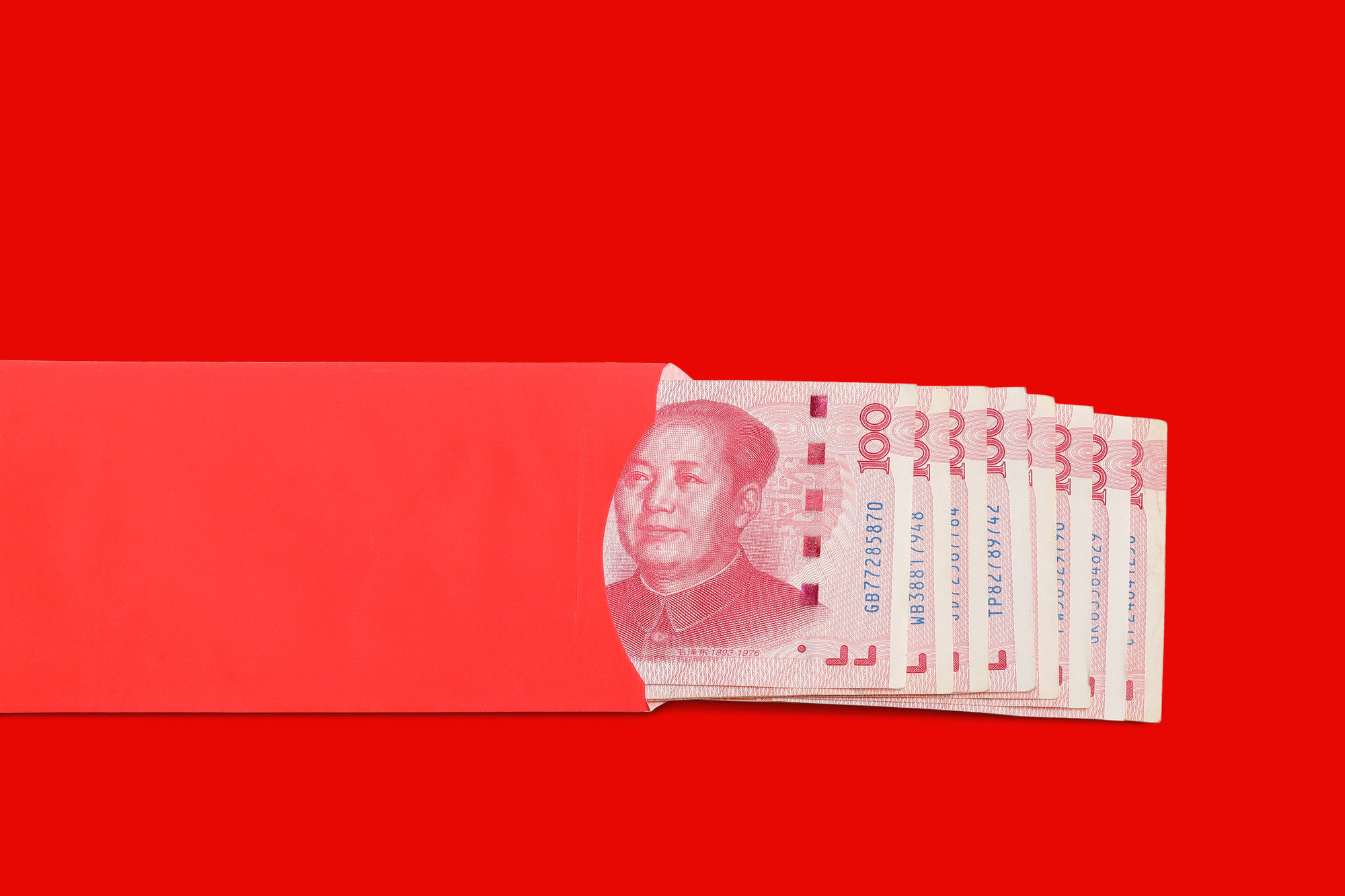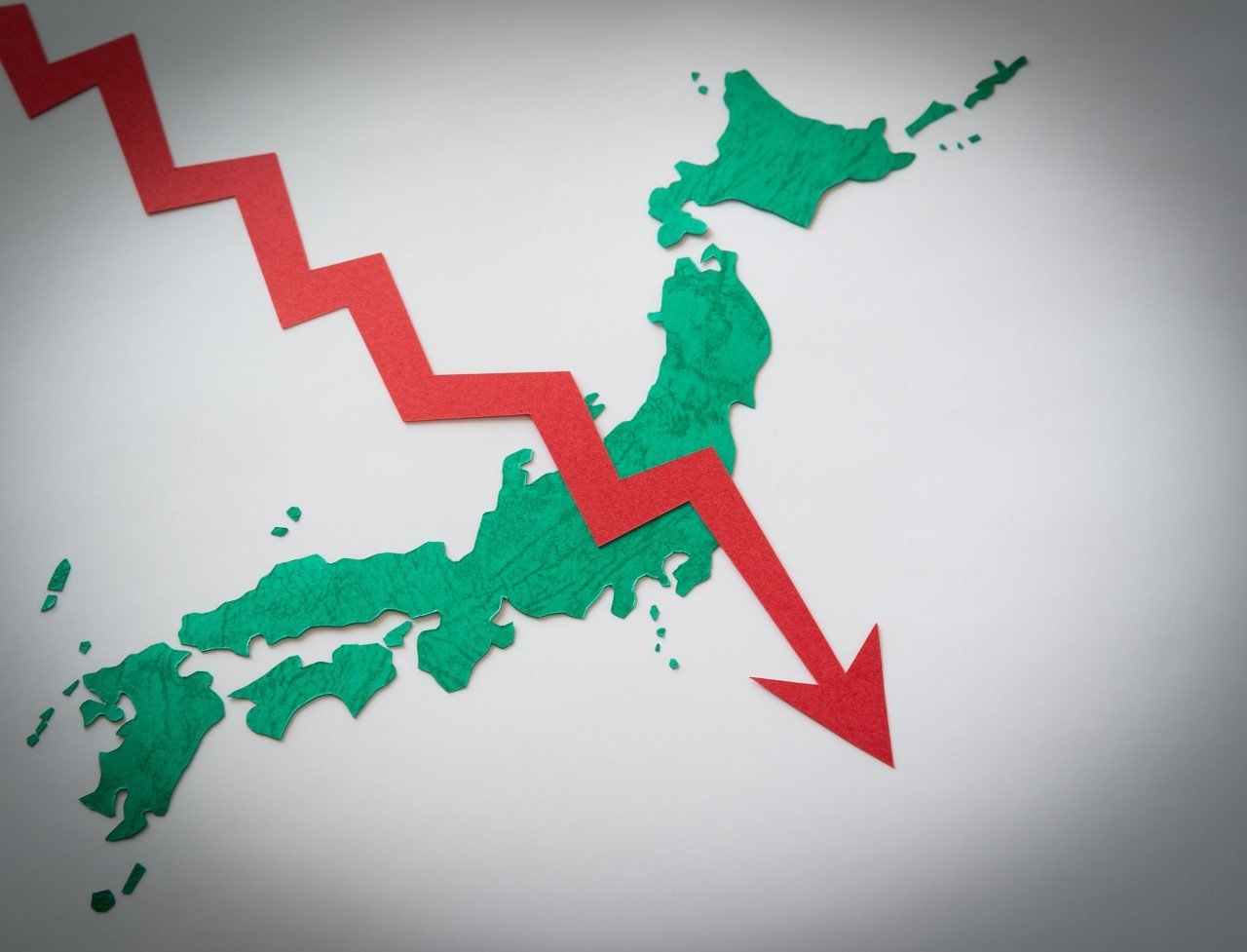2022/03/31
The Novel Coronavirus Pandemic and the Japanese Economy by Komine Takao (Senior Research Counselor, NPI)
The main characteristic of the Japanese economy during the Novel Coronavirus pandemic since the January-March 2021 period is that the direction of the economy is upward, but the level is low. Economists usually judge whether the economy is good or bad by whether the economy is going up or down. The general public, on the other hand, is implicitly aware of not only the direction of the economy but also of the level of the economy and thus considers the current economy to be bad. This situation presents an economic recovery that is not perceived as such by the public.
Let's take a look at the state of the Japanese economy during the pandemic from three aspects: expenditures, production, and income. First, in terms of spending, the April-June 2020 period, when the effects of the coronavirus were most strongly felt, real GDP declined at an annualized rate of 28.1% from the previous quarter, due to a decline in consumption as people refrained from going out, and a sharp drop in exports as supply chains were disrupted. In comparison, GDP for the January-March 2021 period, even though it was subject to the same state of emergency, declined only 4.2% on an annual basis. This was due to the fact that exports had turned around and started to increase.
In terms of production, the major characteristic was that the decline was not only in the manufacturing sector but also in the non-manufacturing sector. Efforts to prevent the spread of the coronavirus resulted in a drop in consumption in the food and beverage industry and travel industry. The manufacturing industry has experienced a drop in production due to a sharp decline in exports many times before, but this is almost the first time that the non-manufacturing industry has experienced such a drop. For this reason, the shock to businesses in the non-manufacturing sector must have been great.
Next, let's look at income trends. GDP statistics also provide information on household income, and the movement of household income since April-June 2020 has been surprising. The table shows that, first of all, employment compensation (wages) declined by 11 trillion yen (annualized rate, hereinafter the same) from the previous period. This is not surprising since the economy had fallen sharply due to the declaration of the state of emergency. However, the 100,000 yen benefit increased "other current transfers" by 40 trillion yen, so disposable income increased by 31 trillion yen. On the other hand, consumption expenditure decreased by 26 trillion yen due to people refraining from going out. Since disposable income increased significantly and consumption decreased significantly, savings increased by 57 trillion yen. As a result, the household savings rate reached a never-before-seen high of 21.9%. In essence, the previous 100,000 yen benefit was a further handout of money to a household sector with an overall surplus of money.
Since then, even after the effects of the 100,000 yen benefit wore off, household savings continued to increase and the savings rate has remained high. The latest data for April-June 2021 shows a savings rate of 7.8%. Since Japan's savings rate before the pandemic was at most 1-2%, this means that Japanese households continue to have a considerable surplus of money.






